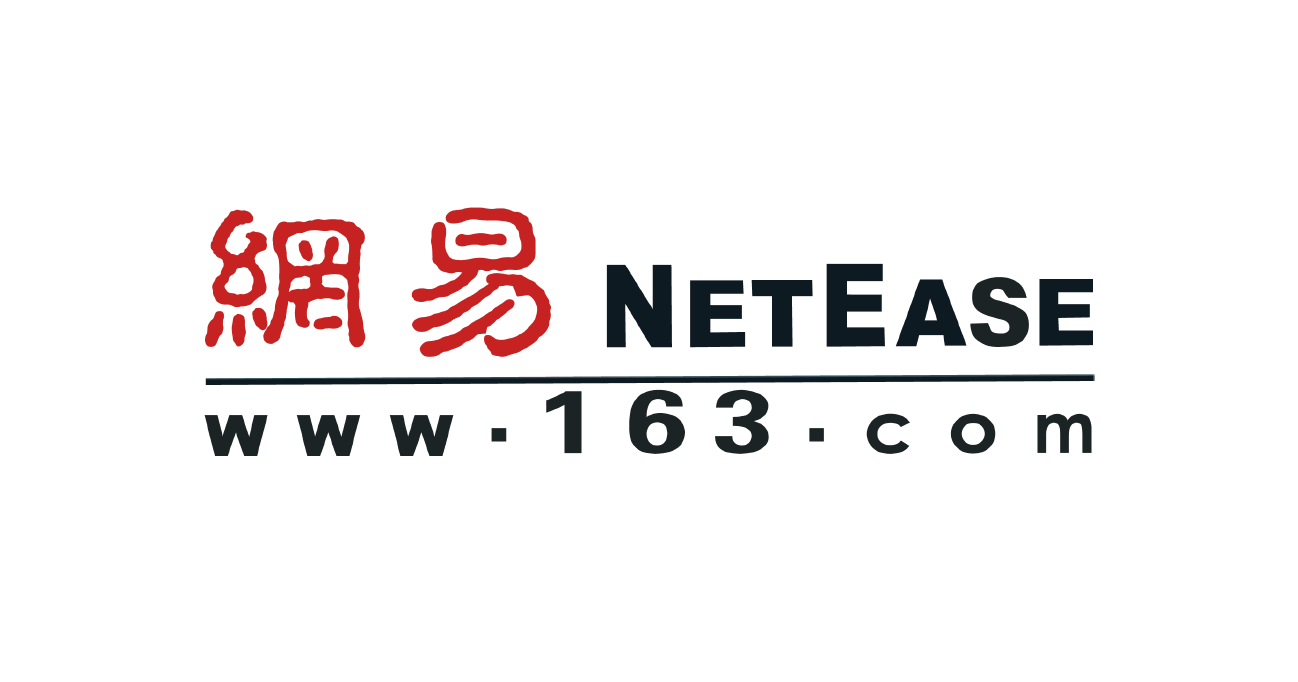2023-12-18
AutoWebPay: Master 6 Payment Methods for Solid Cash Flow in Cross-Border Expansion
In today’s increasingly competitive global e-commerce market, efficient and secure payment methods have become indispensable for cross-border e-commerce. AutoWebPay, as one of the preferred choices for cross-border e-commerce payments, offers diverse payment solutions that not only ensure stable cash flow but also enhance customer trust, thereby driving sales growth. This article will delve into AutoWebPay and other mainstream payment methods (such as Stripe, PayPal, PingPong, Payoneer, Shopify Payment) to assist you in navigating the challenging e-commerce landscape with ease.
01 Stripe
Stripe is one of the most popular payment methods for independent Shopify sellers, especially in the United States. It specializes in credit card payments and can process major international debit or credit cards, including Visa, MasterCard, American Express, Discover, Diners Club, and JCB.
Additionally, it comes equipped with various tools for adjusting and customizing your payment process and allows merchants to accept credit card payments, wallets, and other international currencies both in-person and online. Due to its ease of integration, transparent pricing structure, and user-friendly features, it is particularly favored.
Fees
- In the US, Stripe charges 2.9% of the transaction amount plus $0.30 per transaction.
- For non-US dollar payments, an additional 1% fee applies.
- For sellers registered in Hong Kong, the fee is 3.4% + HK$2.35.
- For Hong Kong sellers receiving payments via Alipay and WeChat Pay through Stripe, the fee is only 2.2% + HK$2, which is reasonable.
Advantages
- Low fees with no withdrawal fees.
- Simple and easy to use, making it easy to integrate into independent websites.
- Strict transaction scrutiny, rejecting suspicious transactions, ensuring high security.
- Focuses on credit card payments, making it one of the mainstream credit card payment methods, supporting almost all credit and debit cards as well as various e-wallets.
Disadvantages
- Due to USD being the primary currency for independent site payments, when Stripe receives USD, it converts it to HKD, which may result in exchange rate losses.
- Longer time for funds to be credited, typically 7 working days.
Domestic users cannot directly apply for Stripe, but sellers can apply for a Stripe account in Hong Kong, where the review requirements are relatively lenient. The necessary conditions given by Hong Kong Stripe are only three: a Hong Kong bank account, a Hong Kong phone number, and a Hong Kong address. If applying through a Hong Kong corporate bank account, sellers must first register and establish a Hong Kong company. Establishing a Hong Kong company requires a company secretary who can be an individual or a company, with the individual being a resident of Hong Kong; if by a company, it needs to be a registered company in Hong Kong and have relevant business address proof. You can engage a professional secretarial company to handle the company registration application, and the issue of a Hong Kong phone number and address naturally will be resolved. Of course, sellers can apply for a Stripe account through a personal account in Hong Kong, but considering long-term development, opening a corporate account in Hong Kong will be more stable and protected.
02 PingPong
As a payment tool tailored for Chinese mainland cross-border e-commerce sellers, PingPong’s primary objective is to address and serve the pain points of domestic cross-border e-commerce. It has become increasingly popular in recent years. Additionally, PingPong also supports mainstream independent platforms, including Shopify, Wish, and Shopee, and accepts payments from major international bank cards such as Visa, MasterCard, JCB, and American Express. It supports currencies such as USD, CAD, EUR, GBP, AUD, and JPY.
Fees:
- 1% of the original withdrawal amount, with no additional hidden fees.
Advantages:
- Lower transaction fees compared to the industry average, with no additional charges, transparent fees, and no annual fees.
- Supports the majority of platforms.
- Faster withdrawal processing times. For instance, for mainland Chinese sellers, withdrawals in RMB to personal accounts initiated before 6:00 PM on weekdays are credited on the same day.
- For withdrawals to corporate RMB accounts, funds are credited within 1-2 working days. Withdrawals in the original currency are credited within 1-3 working days.
Disadvantages:
- Longer time for funds to be credited. On average, it takes 3-6 working days from the receipt of the sales order email from the e-commerce platform until PingPong confirms the funds’ arrival.
03 PayPal
PayPal is currently one of the most widely used payment and collection channels globally, and it is also one of the most popular payment methods. PayPal supports most platforms, including Shopify, WooCommerce, and AliExpress, making it the preferred choice for most cross-border e-commerce sellers. Buyers can also use various methods, including credit cards and bank cards, to make payments.
With a user base of 220 million active users worldwide established in less than a day, PayPal is accepted in over 203 countries/regions. The platform offers various features, including advanced mobile checkout, accepting international payments, and direct payments using PayPal.
With fees ranging from 1.9% to 3.4%, PayPal also offers a business version called PayPal Payments Pro, which can be customized according to user needs and supports mobile devices. One of the reasons for PayPal’s widespread use is its multiple customization options, easy shopping cart integration, credit card payment capabilities, and online invoicing.
It’s worth noting that Stripe and PayPal complement each other, with Shopify supporting sellers to integrate both Stripe and PayPal, opening the door to both mainstream payment methods to meet the payment habits of different consumers. Similarly to Stripe, PingPong also focuses on credit card payments and can be used in conjunction with PayPal.
Fees:
- Transaction fee of 2%
- Transaction processing fee of 4.4%
- Fixed fee rate of $0.3
- Separate additional fee for withdrawals
Advantages:
- Most widely used payment and collection method globally, covering a wide range of regions
- Transactions occur between accounts, following an e-wallet model, ensuring higher security for both buyers and sellers compared to other methods
Disadvantages:
- Relatively high fees, including transaction fees, processing fees, and withdrawal fees. It’s worth noting that withdrawing to a bank account in Hong Kong incurs no fees, while to mainland China accounts, it’s $35 per transaction.
- Primarily focused on buyer protection, with relatively strict requirements for sellers. In case of buyer complaints, such as significant discrepancies from the description, PayPal usually makes decisions in favor of the buyer. Sellers with frequent complaints risk having their accounts restricted or even frozen.
04 Payoneer
As a well-established online payment tool in the United States, Payoneer’s biggest feature is being the official partner of Amazon’s third-party collection category. Although Payoneer does not currently support independent station collections, you can set up PayPal, credit cards, and other payment methods on independent stations, and then link Payoneer to these payment methods for collection and withdrawal. Payoneer consists of a physical card and a virtual account. The physical card allows for withdrawal and spending functions, but is only available for individual applications; the virtual account is used to receive funds, has collection functions, and supports free applications for individuals and businesses.
The main advantage of Payoneer lies in not occupying the individual’s annual foreign exchange settlement quota. When e-commerce sellers want to withdraw to personal accounts, compared to directly withdrawing US dollars from PayPal, after completing the PayPal withdrawal with Payoneer, the funds will be converted into RMB and transferred to domestic bank accounts, thus not occupying the annual quota of 50,000 USD for foreign exchange settlement. If a domestic bank refuses to accept PayPal remittances and returns them, you can try using Payoneer.
Fees
- 1% fee for USD deposits (waived for amounts over $200,000), withdrawal fees range from 1% to 2% (based on cumulative income)
- 1% fee for USD deposits (waived for amounts over $200,000), withdrawal fees range from 1% to 2% (based on cumulative income)
- A $29.95 annual management fee is required to apply for a physical card.
Advantages
- Easy to use. Both individuals and companies can apply for accounts online and get approval. Subsequent withdrawal operations can also be completed online. The platform provides Chinese customer service and defaults to opening USD, EUR, and GBP collection accounts.
- Official assistance in reviewing the receipts of European and American customers and providing full guarantee services to ensure that sellers receive payments after shipping.
Disadvantages
- Payoneer cannot be recharged via bank cards or credit cards.
- Due to policies of the Chinese State Administration of Foreign Exchange, USD cannot be deposited into mainland bank accounts via Payoneer.
05 Shopify Payment
Shopify Payments is a one-stop payment solution launched by Shopify, eliminating the need to set up third-party payment providers. Customers can easily accept all popular payment methods without leaving the website. For example, online stores in Hong Kong can use Shopify Payments to accept local credit and debit cards, including Visa, Mastercard, American Express, Discover Card, Apple Pay, Google Pay, and Shop Pay. Shopify Payments supports popular payment methods in Hong Kong using local currency, enabling simpler and faster checkout processes to optimize the shopping experience. Importantly, Shopify Payments is PCI compliant (Payment Card Industry Data Security Standard) and provides 3D Secure encryption verification, ensuring secure online transactions for both merchants and customers.
Fees
The fees for Shopify Payments are based on the subscription plan chosen for the store. There are three subscription plans available:
- Basic Shopify: $29 USD per month
- Shopify: $79 USD per month
- Advanced Shopify: $299 USD per month
In addition to credit card rates and subscription fees, Shopify Payments does not charge any hidden fees. If your store accepts credit card payments, you will need to handle refunds or disputes.
Supported Countries/Regions
Shopify Payments is currently available in Hong Kong and 16 other countries and regions. However, not everyone is eligible to use Shopify Payments. In Hong Kong, certain types of businesses and services are prohibited from using this payment gateway, including investment and legal services, gambling, e-cigarette and drug sales.
06 AutoWebPay (Hong Kong)
AutoWebPay also provides more diversified payment options and customized services. This allows AutoWebPay to adapt more flexibly to the needs of different markets when processing international payments, providing merchants with more comprehensive solutions.
Fees
- Access fee: $1000 USD
- International credit card acquiring fee: 5% (specifically depends on business risk assessment)
- Fixed transaction processing fee: $0.5 USD
Advantages
- Simpler and smoother payment pages
- Simpler and smoother payment pages
- Best exchange rates
Disadvantages
- Initial settlement period of T7, followed by T3 settlement if chargeback/dispute rate is below 1% from the second month onwards
- More focused on assisting virtual industries such as social and gaming; applications from other physical e-commerce businesses are subject to stricter scrutiny.
Conclusion:
In summary, choosing the right payment platform, such as AutoWebPay, is crucial for the traffic and conversion rate of independent websites. We hope this article can assist you in making informed decisions among the various payment channels, including AutoWebPay, ensuring stable cash flow for your store and driving continuous business growth.





Report from: NetEase



© Copyright 2015 – 2024 | Auto Web Pay USA | All Rights Reserved





Report from: NetEase
© Copyright 2015 – 2024 | Auto Web Pay USA | All Rights Reserved


